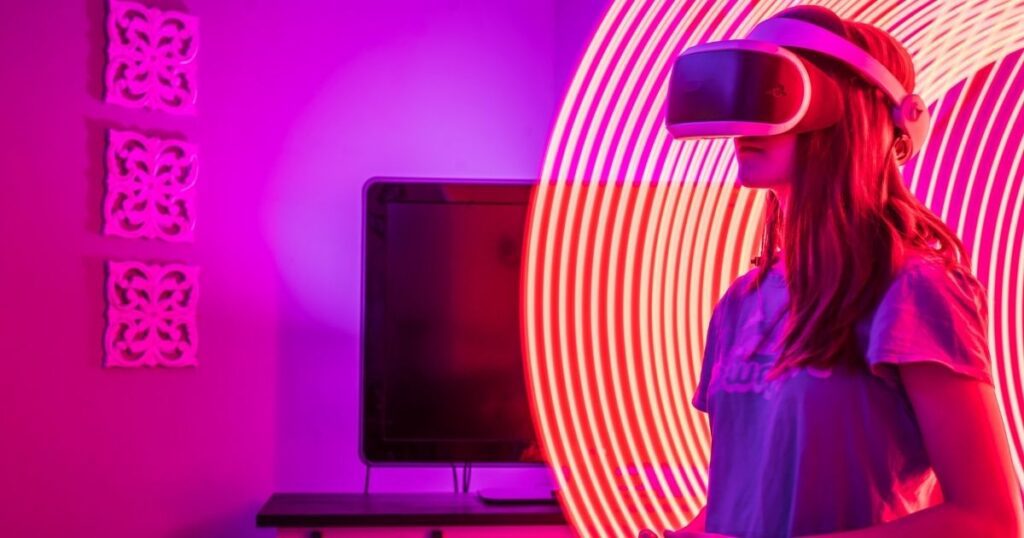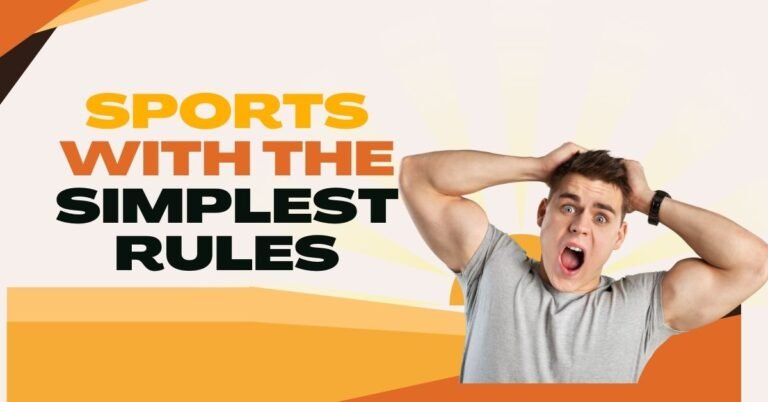Virtual reality (VR) integration in sports promises to be one of the most disruptive performance-enhancing innovations since strength training. By generating ultra-realistic simulated environments, Virtual reality unlocks training possibilities previously impossible or prohibitively dangerous. The hyper-immersive quality of VR simulations allows athletes to develop skills, cognitive readiness, and confidence in revolutionary new ways.
While still early in adoption, VR utilization in professional and Olympic sports is rapidly increasing as hardware becomes more affordable and technology matures. Creative coaches are also realizing VR’s full paradigm-shifting potential to maximize skill development and mental preparedness beyond conventional training limits.
However, some technical constraints around simulation fidelity and motion tracking fidelity remain challenges to replicating full physical biomechanics virtually. However rapid developments aim to overcome these hurdles and usher in a new era of VR-optimized training.
Limitless Simulated Scenarios and Skills Practice
Virtual reality frees athlete training from physical world confines by enabling simulations such as:
- Repeatedly drilling high-risk techniques without injury or exhaustion
- Experiencing rare real-world scenarios like Olympic opening ceremonies or distractions
- Competition simulations against historical performances or computer-generated opponents with customized difficulty
- Previewing unfamiliar venues and layouts like Olympic villages or bowl game stadiums
- Film study from athlete first-person perspectives for decision and response analysis
- Slowed-down skill repetitions with real-time performance feedback for refinement
The applications are endless as Virtual reality liberates training creativity.

Enhanced Motor Learning and Skill Development Efficacy
According to multiple studies, executing complex sport-specific movement patterns in Virtual reality strengthens neural pathways and engrains muscle memory similarly to physical repetitions due to engaging the same motor control centers in the brain.
This allows athletes to refine skills with benefits including:
- Sharpening timing, precision, and consistency through perfectly repeated simulations
- Building coordination through realistic full-body multivariate movements
- Reinforcing proper biomechanics and technique with instant visual feedback
- Ingraining complex skills until mastery through unlimited repetition without fatigue
Virtual reality motor learning boosts performance while reducing injury risk from overtraining physical motions.
Game-like scenarios Target Mental Readiness and Decision-Making
By exposing athletes to high-intensity simulated competition, VR also builds key mental capabilities including:
- Performing under realistic pressure replicated from intense game situations
- Quick strategic thinking and decision-making in consequence-free environments
- Leadership repetition in challenging team scenarios to refine tactics and poise
- Analyzing situational reactions and choices through post-simulation video review
This cognitive preparation transfers directly into executing under the pressures of actual competition.
Optimizing Injury Rehabilitation and Confidence Restoration
For athletes returning from injury, Virtual reality enables:
- Regaining movement confidence and range virtually before full-contact
- Retraining any proper mechanics disrupted by compensatory movements
- Accelerating skill development during rehab without overexertion
- Testing cognitive readiness by exposing players to virtually simulated contact
VR allows athletes to restore skills and confidence faster while avoiding re-injury risks.

Limitations Constrain Realism and Accessibility Currently
While promising, limitations exist including:
- Hardware costs limit adoption, though consumer prices are rapidly dropping
- Graphics, motion physics and haptics constraints affect realism, but constantly improving
- Cybersickness remains an occasional side effect until VR acclimation occurs
- Lack of true physical forces reduces biomechanical carryover currently
Further innovations in Virtual reality technology and creative coaching integration will maximize sports impact.
Implementation Examples Across Elite Sports
- NFL – Uses VR for concussion baseline testing, quarterback decision-making practice, and playbook visualization.
- NBA – Multiple teams use VR for simulated play repetition, situational readiness, and skills development.
- Olympics – USA Swimming implements VR goggles for mental race walkthroughs and venue previews.
- Racing – Drivers prepare for courses through VR practice laps and emergency scenario preparation.
- Cricket – Batters face simulated bowler scenarios for technique and instinct training.
- Rugby – Athletes run immersive defensive drill simulations and practice set pieces like scrums and lineouts.
As Virtual reality adoption expands, expect accelerated innovation across sports and training modalities.
The Future: Improved Hardware, Connected Sensors and AI
The next essential leap will stem from hardware improvements like:
- Higher fidelity graphics and physics engines
- Wearables that track biomechanics and provide haptic feedback for increased physical connection
- Interconnected sensors that replicate athlete positioning and movement for realistic multi-user simulations
- Leveraging AI to generate adaptive and reactive situations to enhance realism and learning
As the technology bridges gaps between virtual and tangible, VR’s performance impact will scale exponentially.

Conclusion
Virtual reality constitutes one of the most disruptive and transformative technologies to emerge in the sports training realm. Its immersive digital simulations will soon radically redefine training conventions across all sports. While adoption remains in early phases, rapid technical leaps will unleash VR’s immense potential to take athlete preparation into unprecedented realms. Those leveraging VR’s competitive edge early will likely dominate the playing field of the future.
Frequently Asked Questions About Virtual Reality Training
Q: How does VR improve motor learning compared to physical practice?
A: Allows perfect repetition for engraining technique. Provides instant feedback. Eliminates fatigue obstacles to high-volume skill practice.
Q: What psychological benefits can VR training provide?
A: Exposure to high-pressure simulated scenarios. Consequence-free environments to test decisions and reactions. Builds resilience and confidence.
Q: What injuries or conditions can VR training help overcome?
A: Allows practice with reduced pain. Rebuilds confidence post-injury. Maintains skills during immobilization. Prevents atrophy.
Q: Which skills and abilities can VR improve most effectively?
A: Decision-making, pattern recognition, repetition of specialized techniques, visualization of environments/scenarios rarely encountered.
Q: How will future VR hardware and software evolve training impact?
A: More realistic graphics, motion tracking, and haptics will enhance fidelity. Connected sensors and AI will elevate realism and adaptability.




